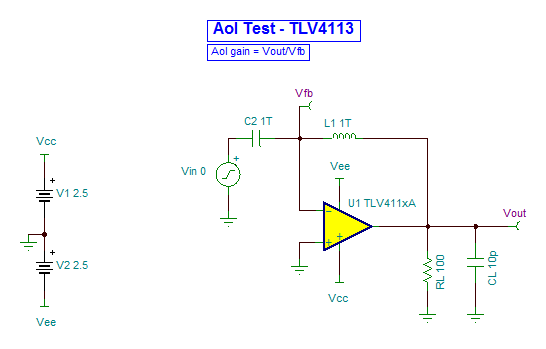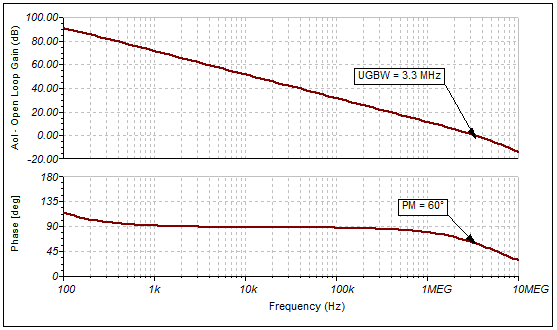Hi E2E,
My customer is worried about phase margin in our TLV4113. The datasheet states a phase margin of 8 degrees (which is concerning) but the spice model does not have stability issues. Do we have another, more accurate spice model for the TLV4113?
Thanks,
-Sam



